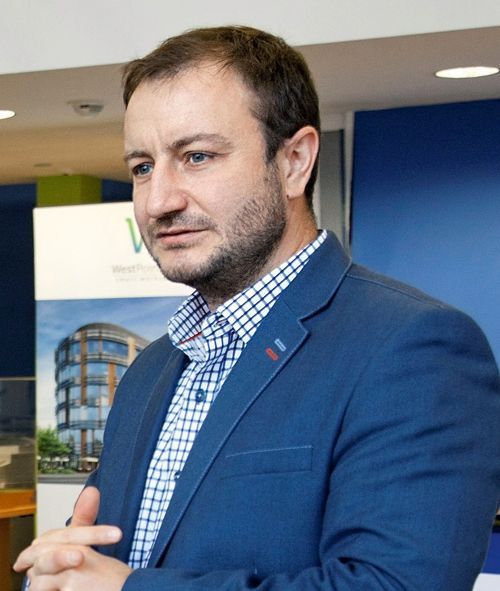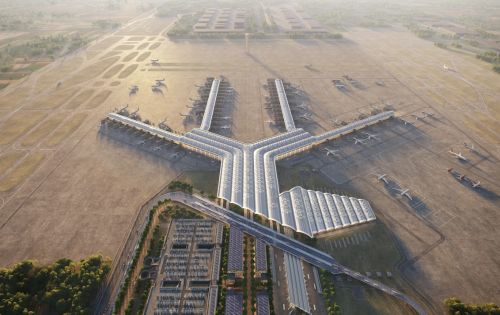Let’s start with defining the concept – what exactly is a built-to-suit office? The issue is significant because many developers use the BTS abbreviation and, as it turns out, it could mean something different to each of them. Marketing departments often overuse the BTS concept and basically offer traditional office projects that do not possess features designed specifically for their clients’ requirements. “Such a tenant enters a building which (in the best case) is at the shell & core stage. So they are able to decide about the layout of the floors, the lighting, the furniture and the interior design, and that is actually all,” says Łukasz Paryś, the director of operations for office projects at Bouygues Immobilier Polska. “The majority of tenants are satisfied with that. However, they will not be able to change, for example, the location of bathrooms or the server room. They will not be able to build internal stairs between floors or extend































































